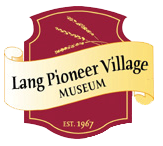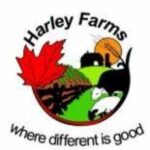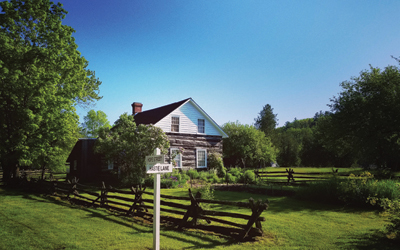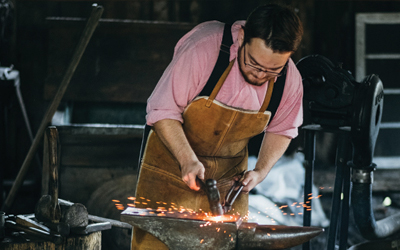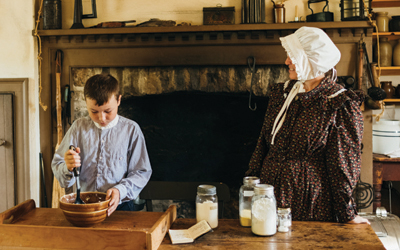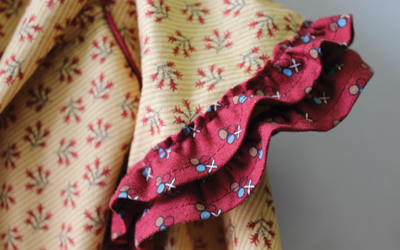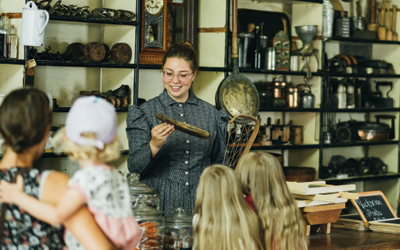Meet the Animals
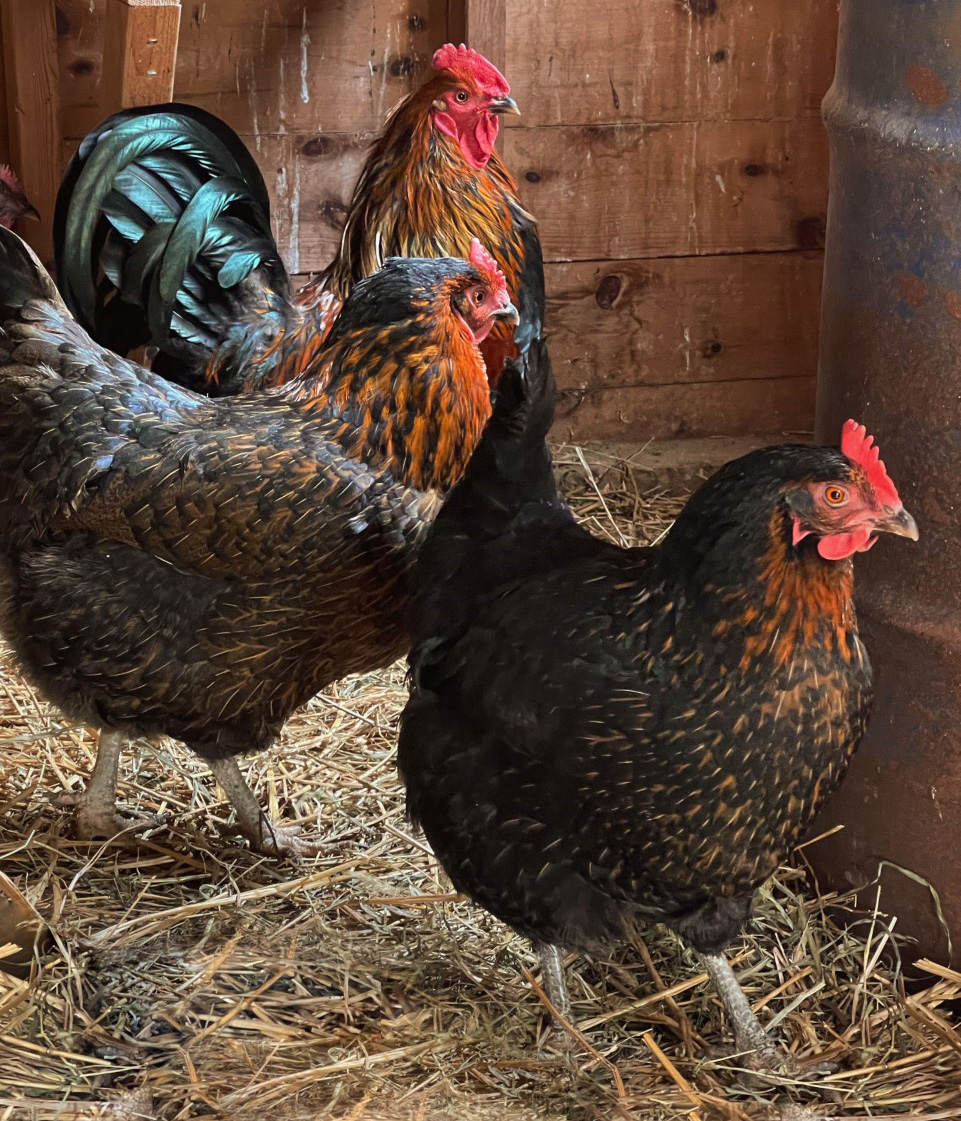
Chickens
Breed: Nova Browns
These fowl have dark red feathers and yellow shanks, beak, and skin.
History: Fowl are a key feature of any farm. Though fowl provide meat, laying hens would add ample amount of eggs to fill a heritage diet.
Sheep
Breed: Wiltshire Horned Sheep
Whiltshire Horned Sheep have short fleece that naturally sheds in the spring leaving a short hair coat (a modern feature with the low demand for wool & high demand for meat).
History: Prior to 1850, farmers would keep a small flock (maximum 30) to supply the need for wool and meat. After 1850, the demand for wool in Canada grew, resulting in the need for larger herds. Sheep are often considered the most profitable livestock because in favorable seasons, their worth doubles.
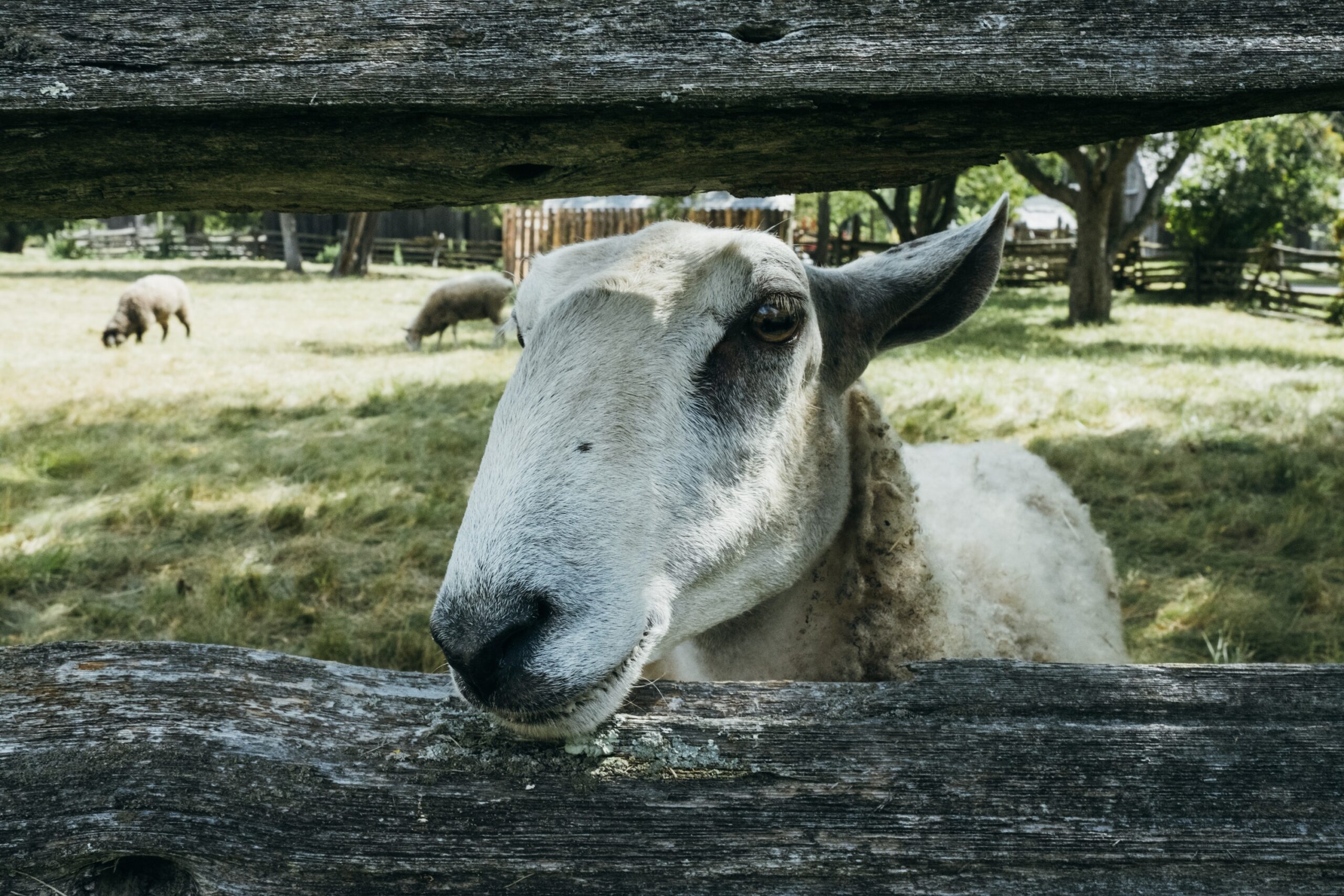
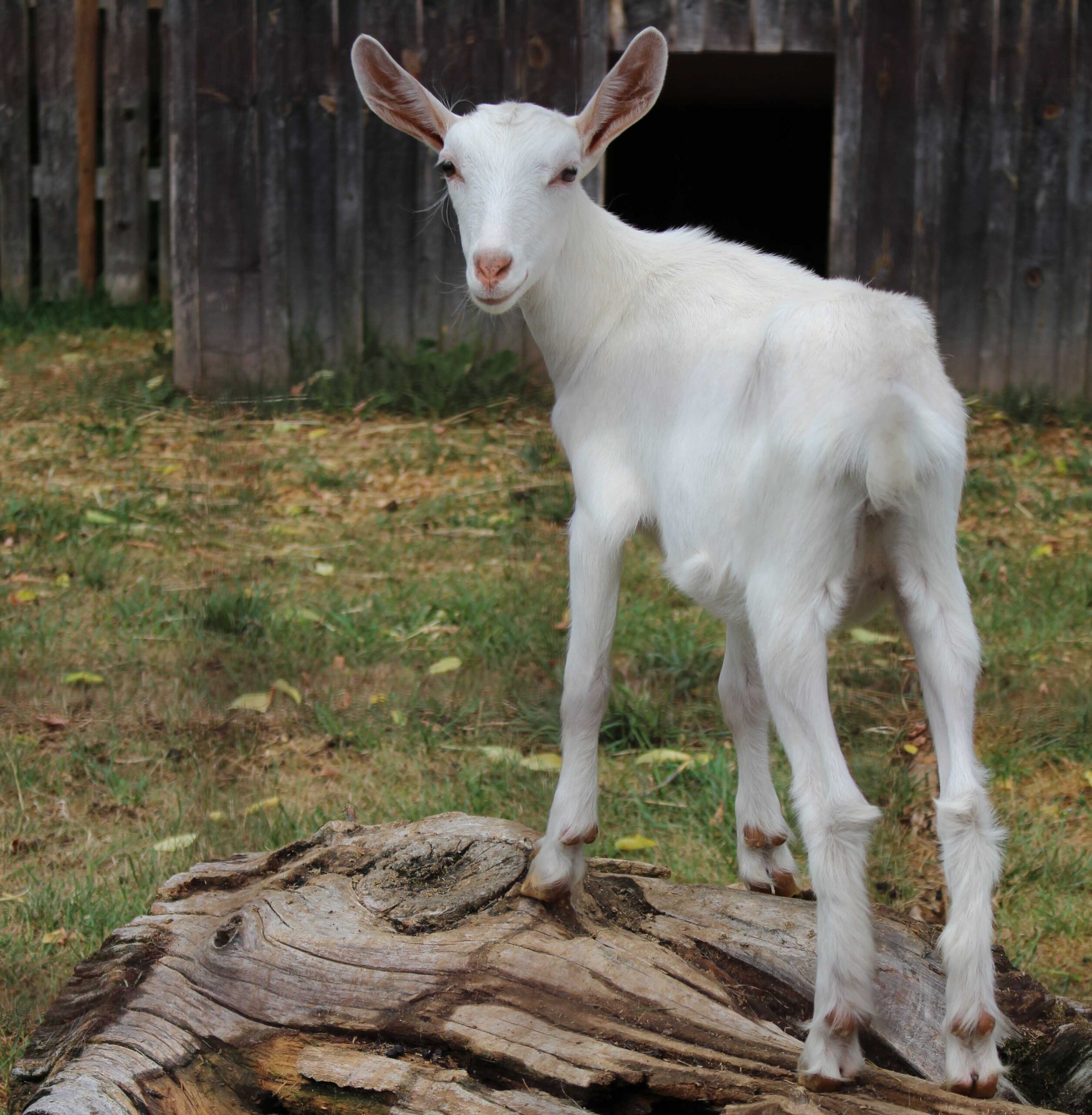
Goats
Breed: Nigerian Dwarf Goats
Though not historically accurate, these goats are known for their gentle and friendly personalities.
History: Goats are an animal that provide many resources to a farm such as milk, meat and mohair. A goat's good temperament also made them useful for drawing carts or other small objects.
Pigs
Breed: Tamworth Pigs
Tamworth pigs are one of the oldest breeds of pigs. Their characteristic red hair helps to protect them from sunburns.
History: Pigs were a perfect addition to the pioneer mindset of waste not, want not as pigs will eat anything from table scraps to snakes. Prior to 1850, Berkshires were the popular breed weighing in around 600lbs. Smaller breeds (weighing 300 lbs or less) became more available in 1850 and became the swine of choice.

